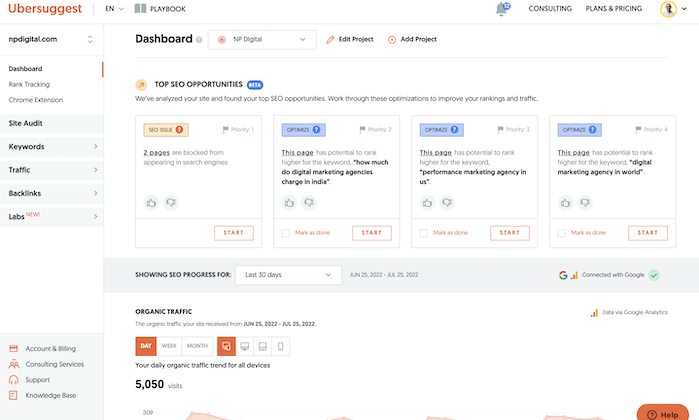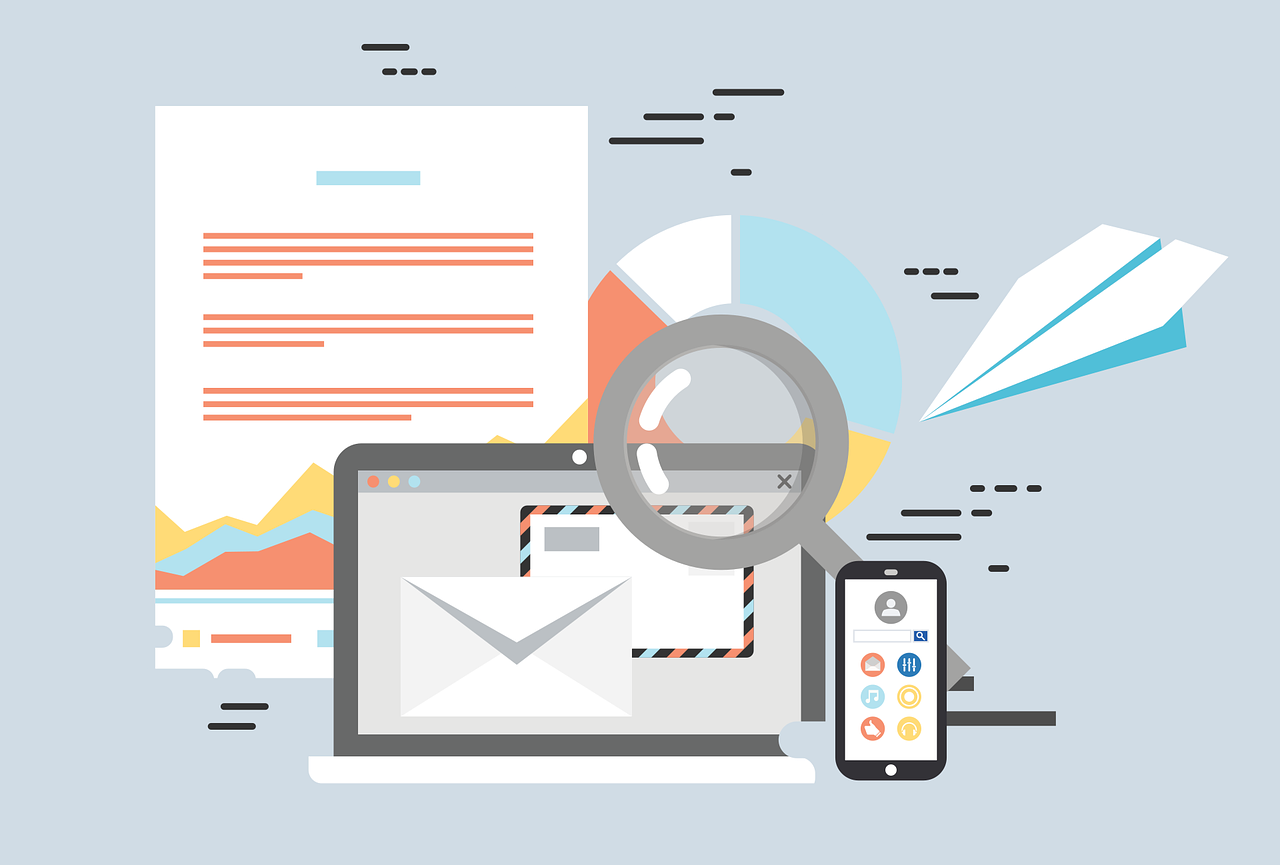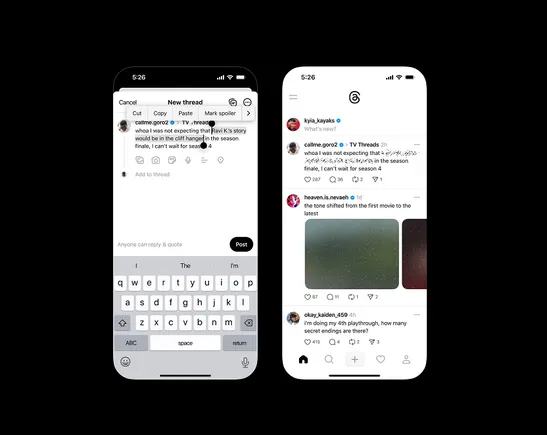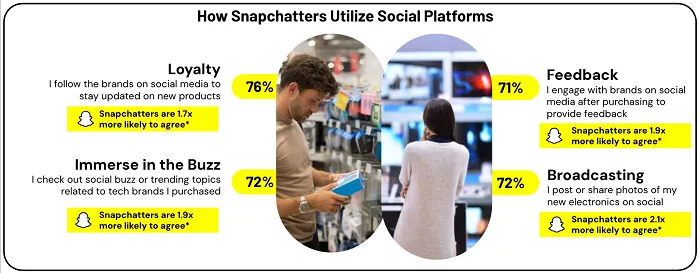Google Retires Cached Site Links, Pushing Users Towards Internet Archive via @sejournal, @MattGSouthern
Google ends cached links that let users access archived webpages; Internet Archive's Wayback Machine emerges as replacement. The post Google Retires Cached Site Links, Pushing Users Towards Internet Archive appeared first on Search Engine Journal.
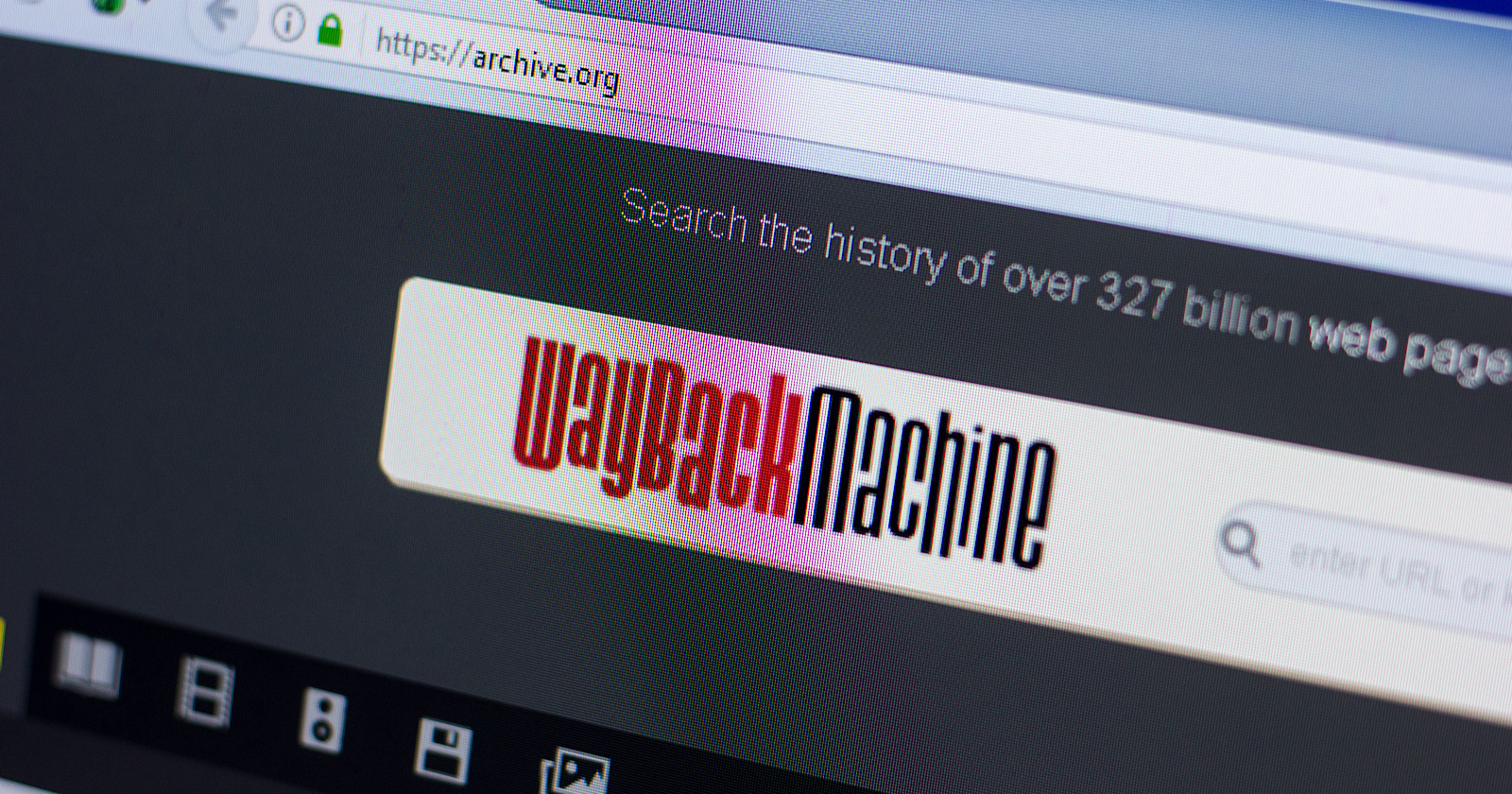
Google has officially retired the “cached” link feature that allowed users to access archived backups of websites.
The cached links were a longtime staple of Google Search, functioning as a way to view unavailable or changed webpages.
“It was meant for helping people access pages when way back, you often couldn’t depend on a page loading. These days, things have greatly improved. So, it was decided to retire it,” said Google Search Liaison Danny Sullivan in a statement confirming the change.
Sullivan mentioned the possibility of Google partnering with the Internet Archive’s Wayback Machine to show historical versions of web pages in Google’s “About This Result” feature. However, he clarified that these discussions are ongoing and any collaboration is unconfirmed.
For website owners and developers who want to see how Google’s crawler interprets their pages, Sullivan recommended using the URL Inspector tool in Google Search Console, which remains available as a resource.
The Cost Of Data Storage
Previously, cached links were accessible via a dropdown menu next to every search result. As Google’s web crawler indexed the internet, it created backups of websites – amounting to an archive of much of the internet’s content.
With Google’s recent focus on cost savings, deleting this cache data will free up computing resources.
The cached link feature has been sporadically disappearing over the past few months. Currently, no cache links are visible in Google Search results. All Google support pages regarding cached links have also been removed.
The Internet Archive’s Increasing Role
With Google retiring cached links, archiving websites largely falls to the Internet Archive and its Wayback Machine.
Browser extensions like the Official Wayback Machine Extension allow users to view archived copies of sites easily.
The Wayback Machine Extension provides features to save webpages, restore missing pages, read digitized books, share archived links on social media, and more. Most features work without needing an account.
Related: Wayback Machine: 5 Alternatives To Try
Building Personal Cache Links
An alternative exists for users who still wish to access cached pages. Typing “cache:” plus a URL into Google Search can still reveal some cached versions.
Additionally, you can create your own cache links by appending a website URL to “https://webcache.googleusercontent.com/search?q=cache:”
Looking Ahead
Google’s decision to discontinue its web caching service signals a change in how online content is stored and made available over time. With Google removing this feature, the responsibility for preserving old versions of webpages and keeping Internet history intact falls more heavily on groups like the Internet Archive.
As the online world keeps developing rapidly, entities like the Archive that intentionally maintain caches of websites and data will only grow more important for retaining a record of the internet’s past.
Featured Image: Sharaf Maksumov/Shutterstock

 Hollif
Hollif 







